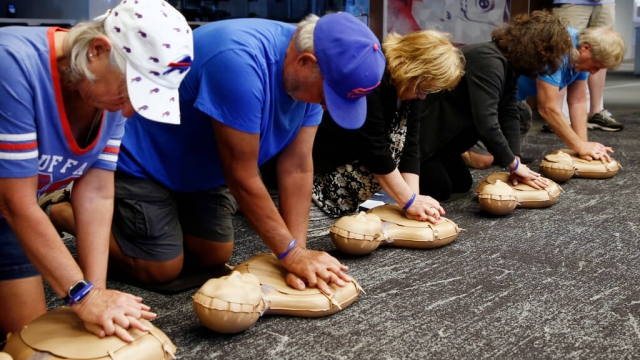Join Christine Neely, president of CPR Training School, and cardiologist Jayne Morgan as they walk the Morning Rush crew through the basics of CPR.
"Anyone can do this," Neely said. "All you have to do is push hard and fast on the chest. You don't have to be trained."
Immediate CPR can save a life. If a bystander can provide even basic care in the event of cardiac arrest, the victim's odds of survival are immediately improved.
Right now, 9 out of 10 people who experience cardiac arrest outside a hospital die. But effective CPR, delivered within the first few minutes of cardiac arrest, makes a victim two to three times more likely to survive, according to the Centers for Disease Control and Prevention.
The CDC says some 350,000 cases of cardiac arrest occur annually in the U.S., and 70% of them occur in the home.
SEE MORE: LeBron James' son Bronny James has cardiac arrest during practice
The CDC recommends basic steps that any bystander can use to help:
Call 911 or, if someone else is nearby, have them call 911 while you begin CPR. Have bystanders look for an automated external defibrillator, which can be used to restore a normal heartbeat.
Begin CPR. Push down fast and hard in the center of the chest, aiming for 100-120 pushes a minute.
Continue CPR until medical professionals or someone formally trained in CPR arrives to take over.
SEE MORE: An AED saved Damar Hamlin's life, but is your child's school ready?
Trending stories at Scrippsnews.com



